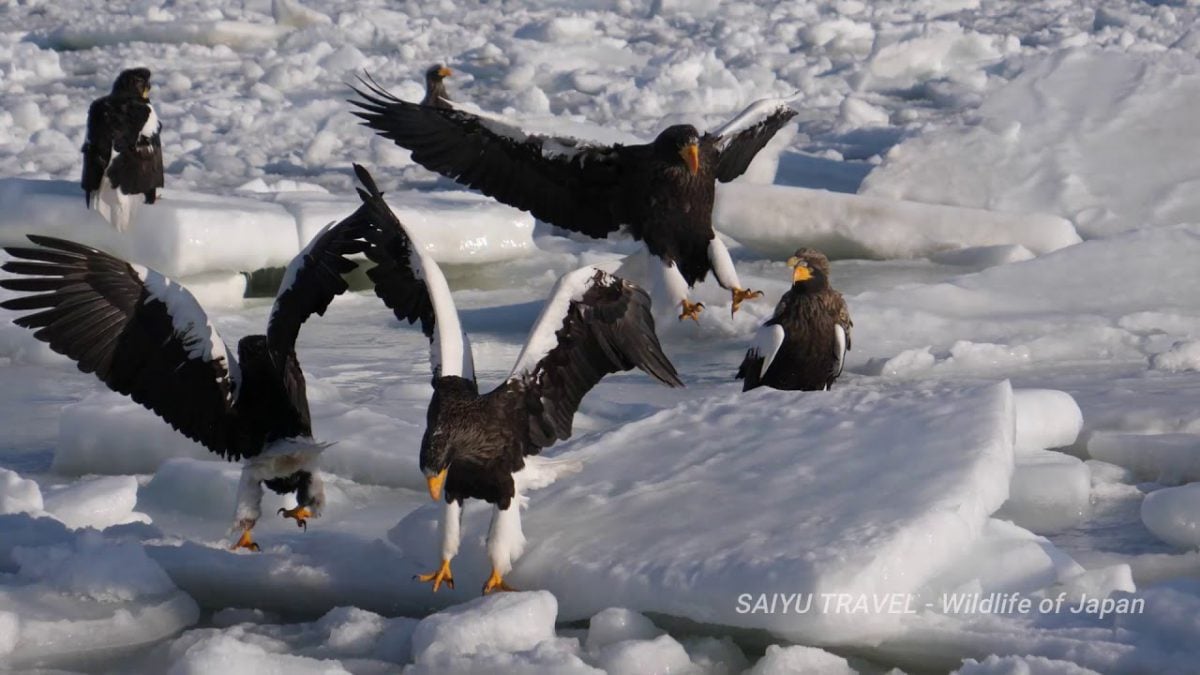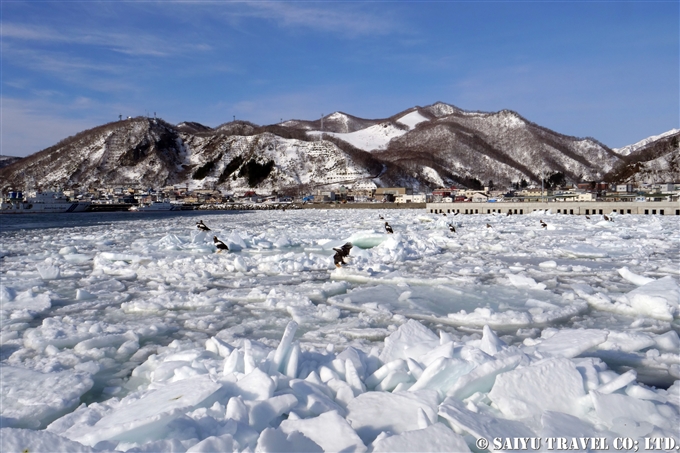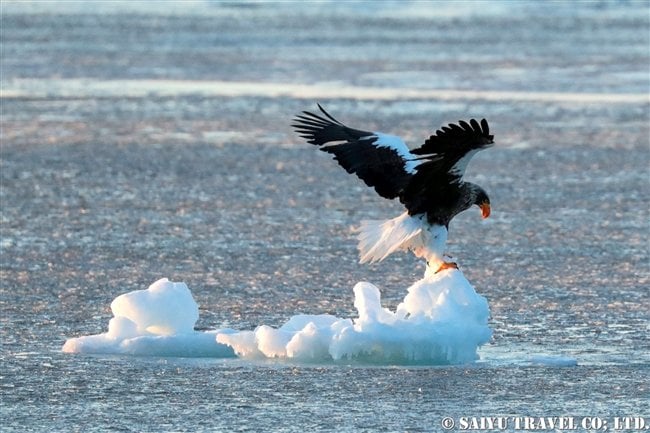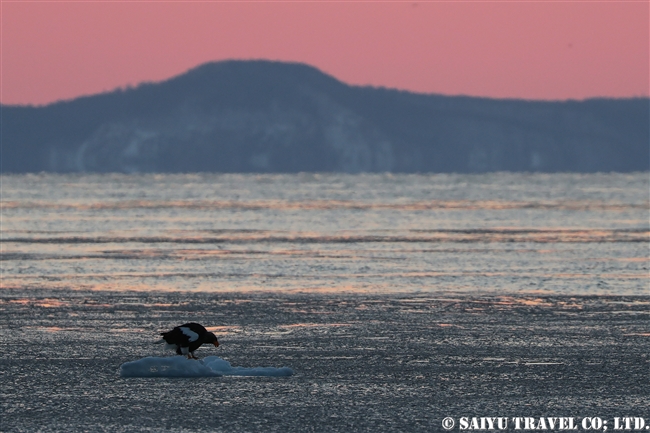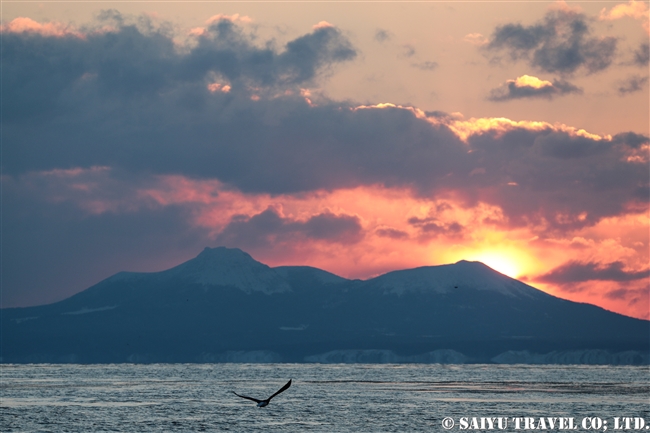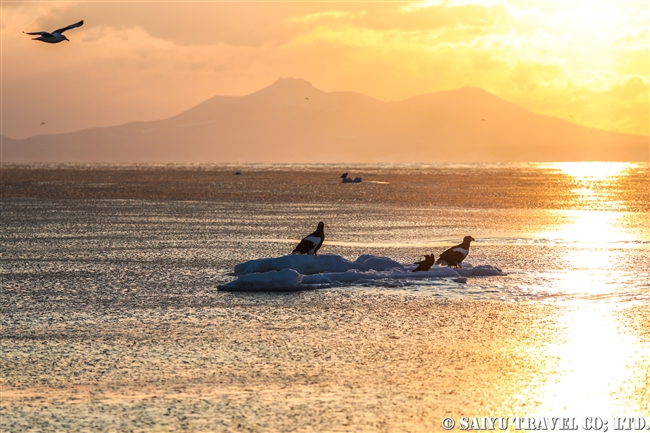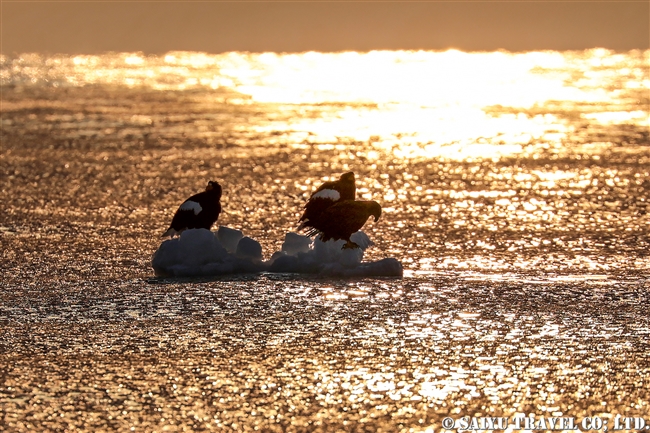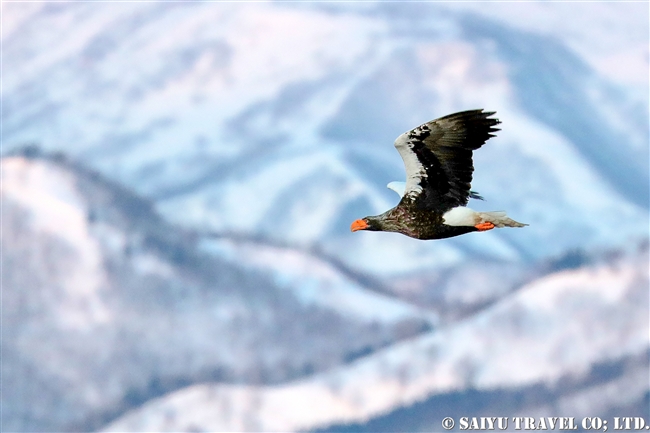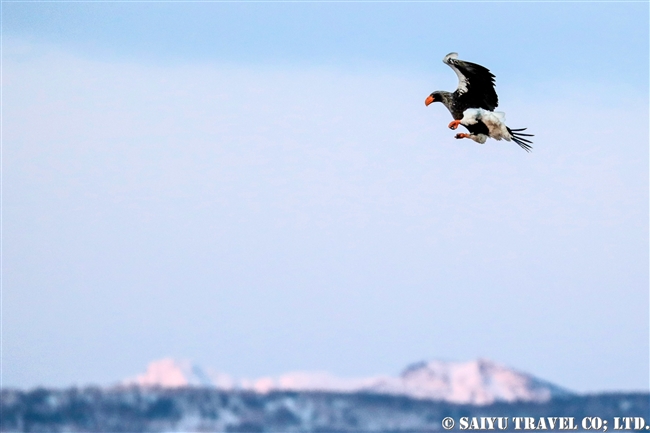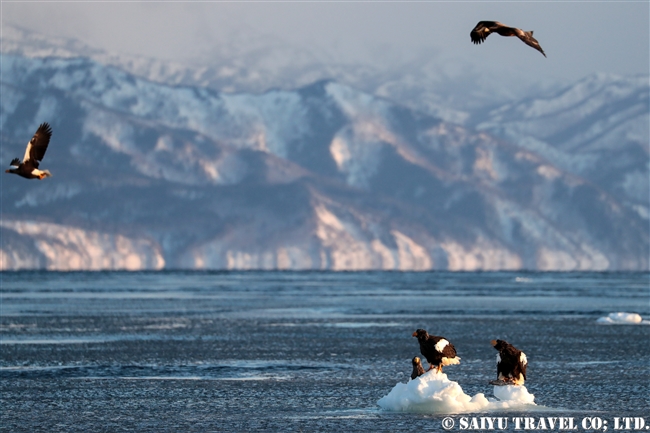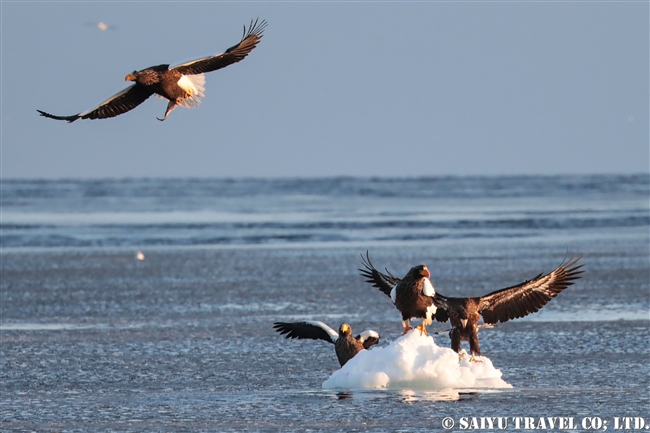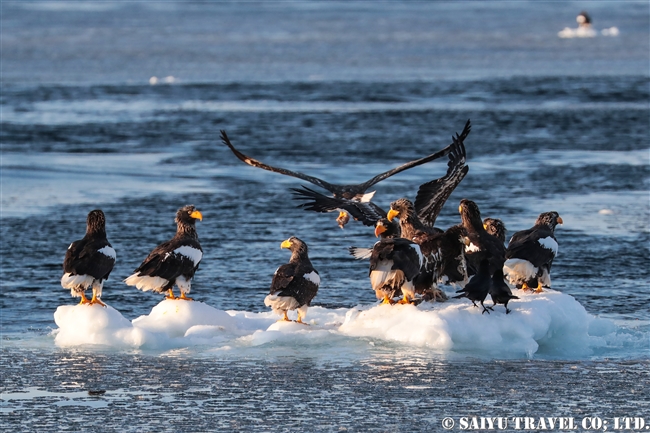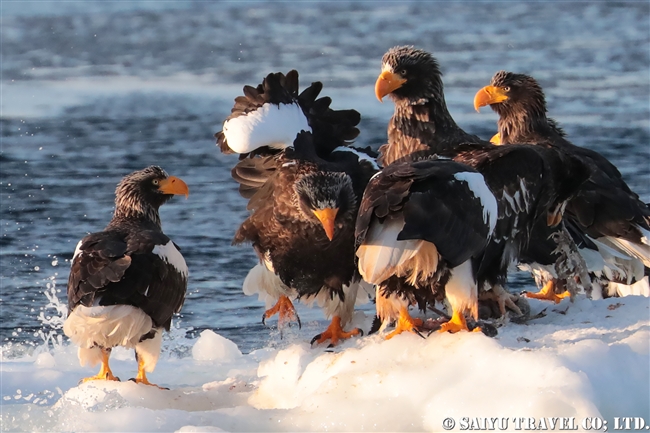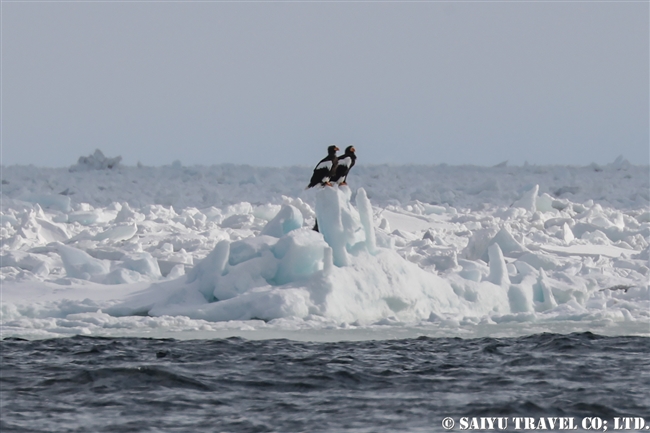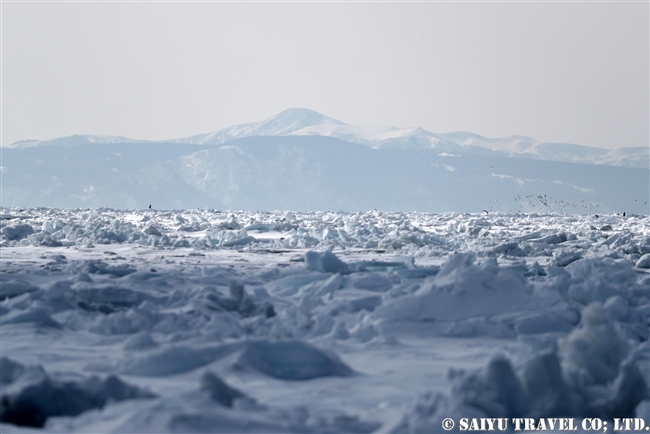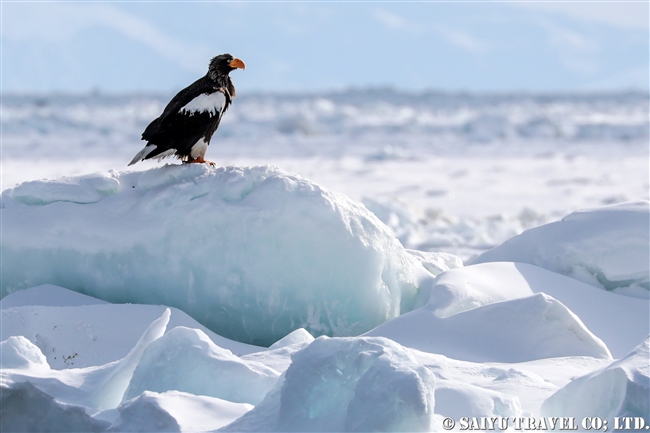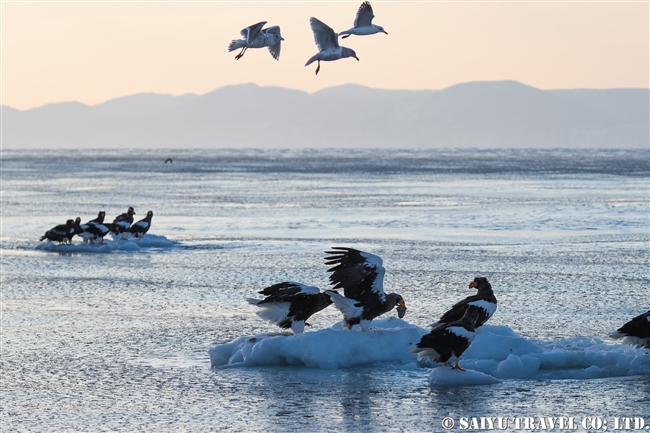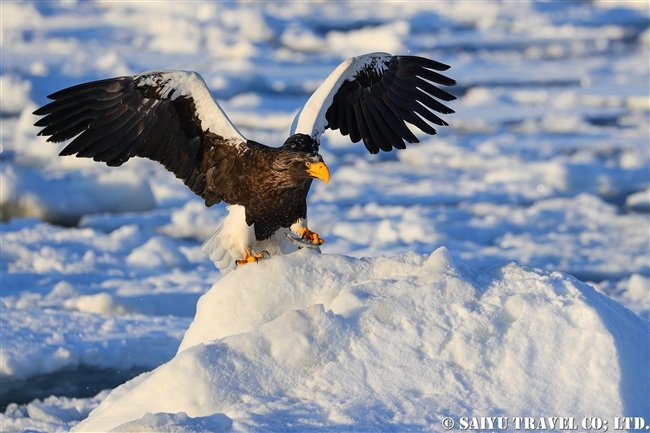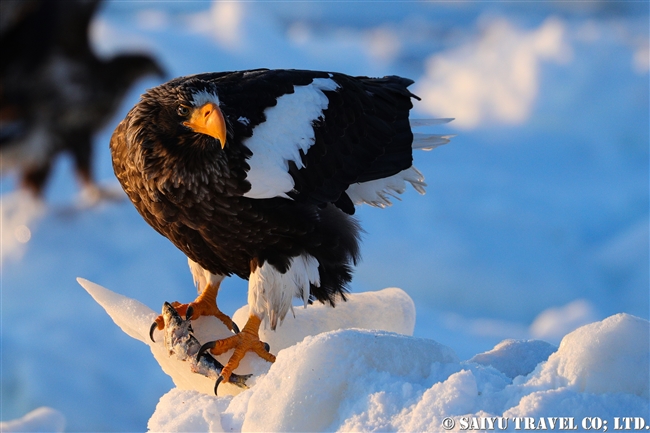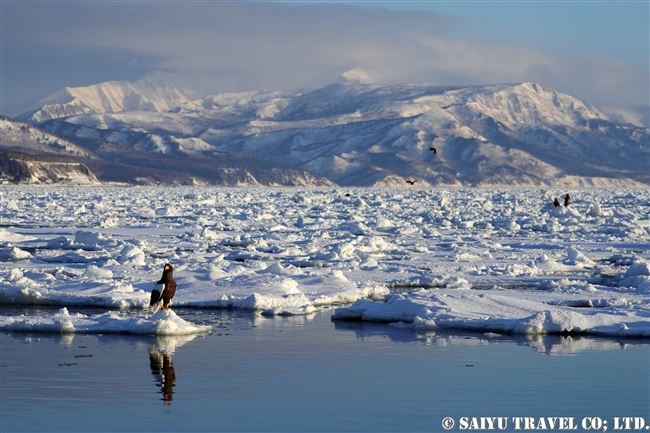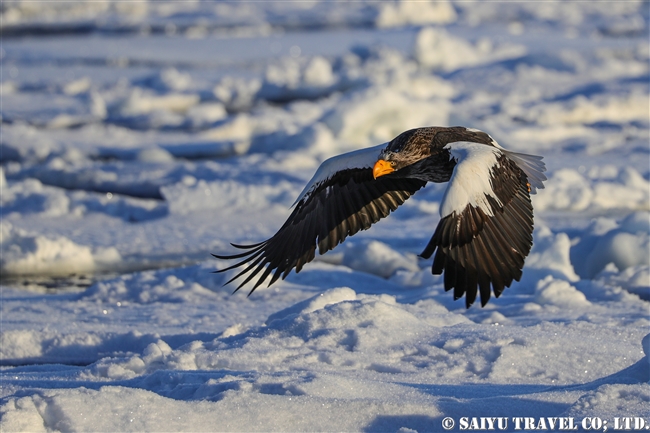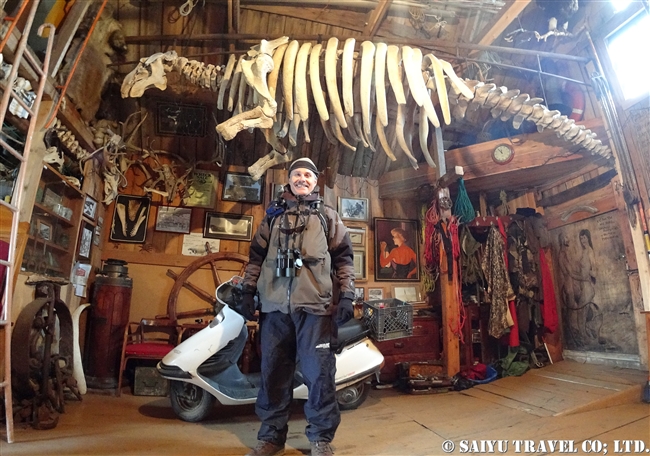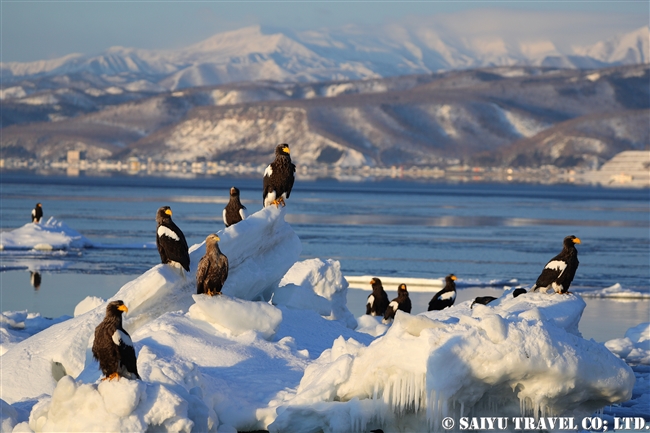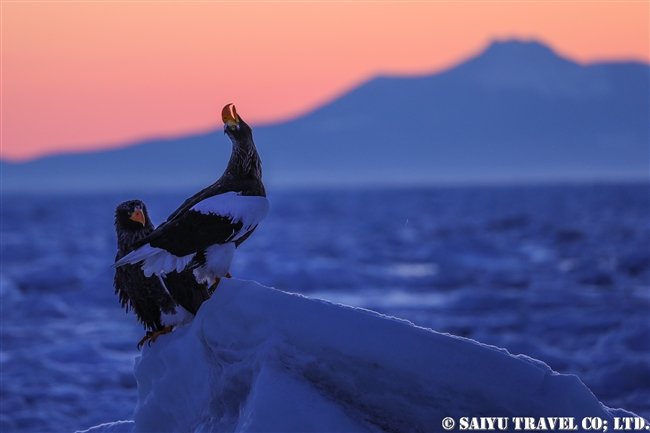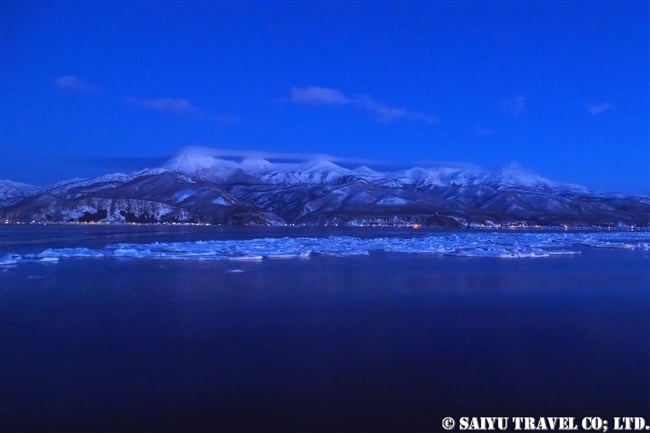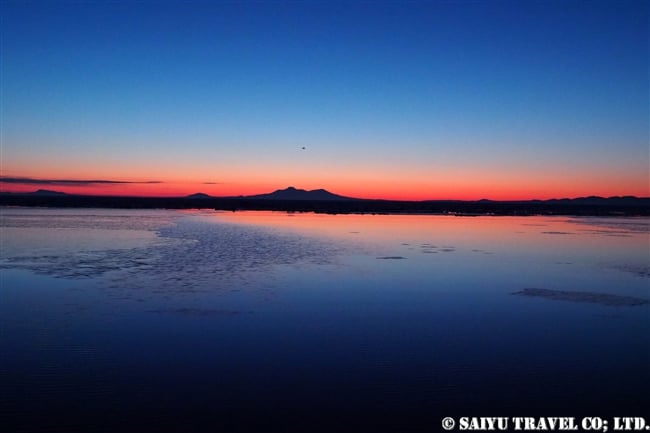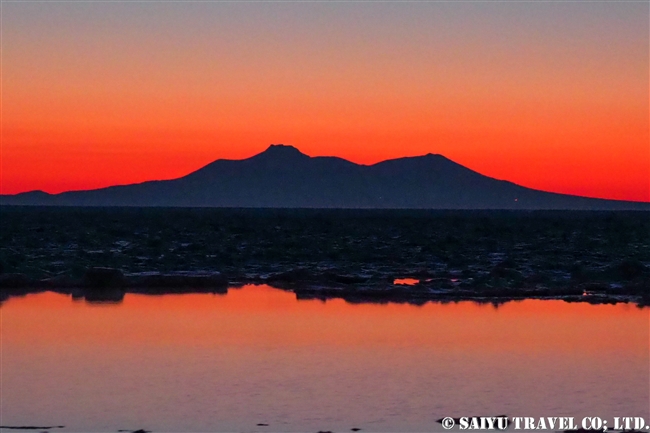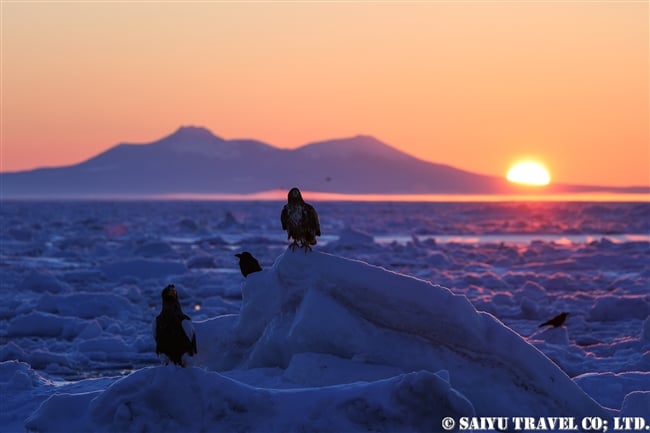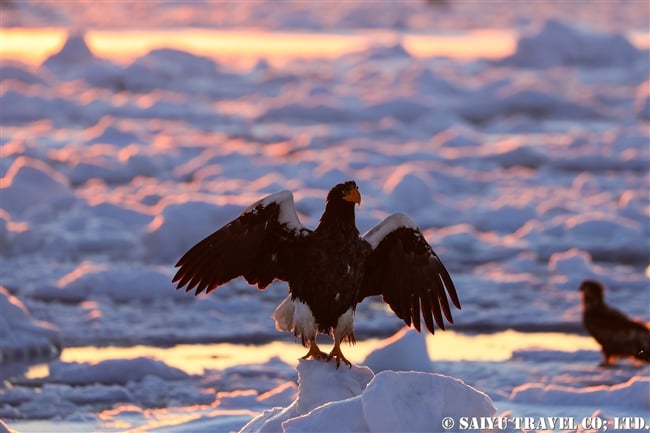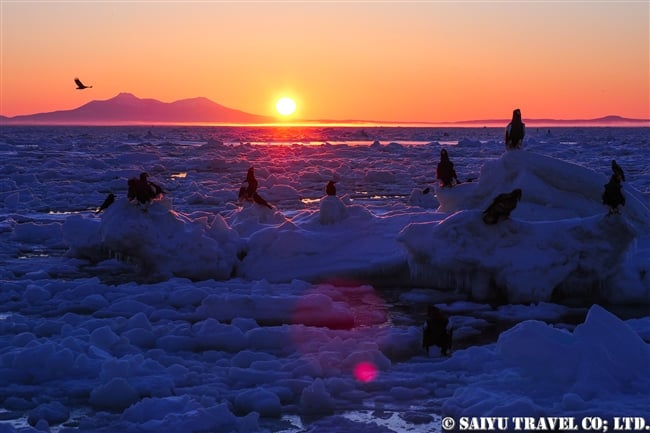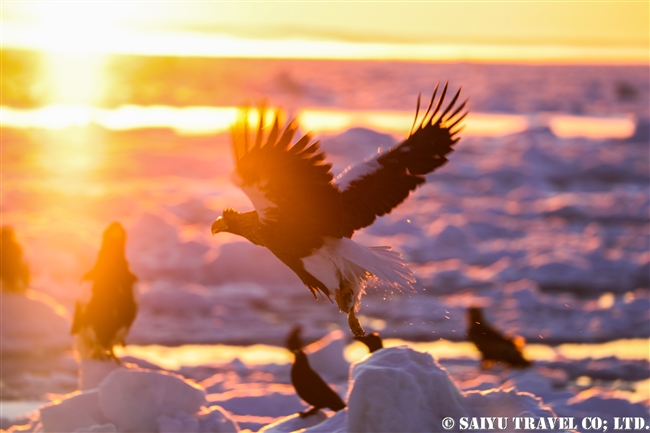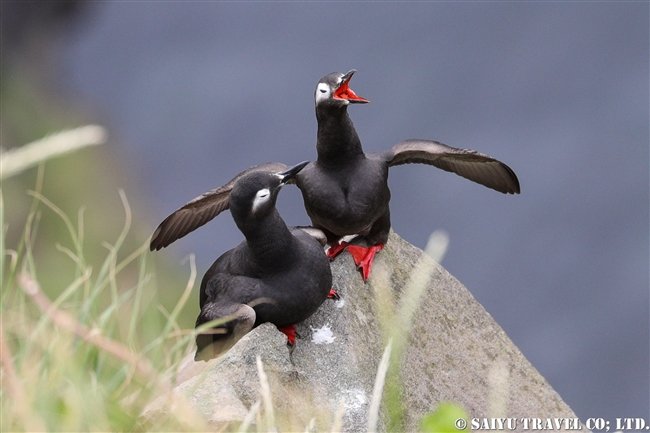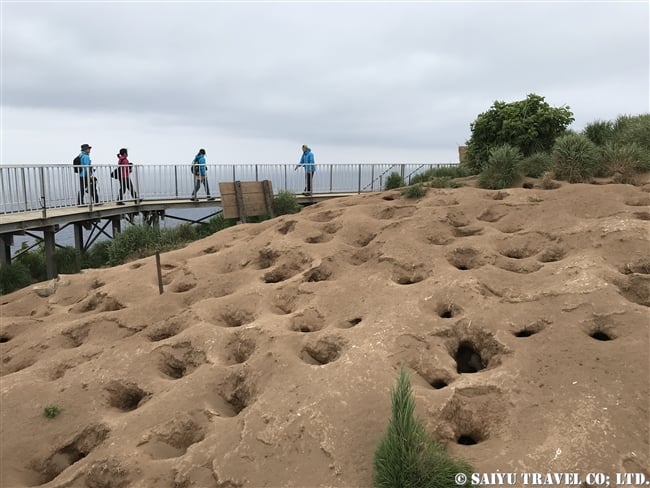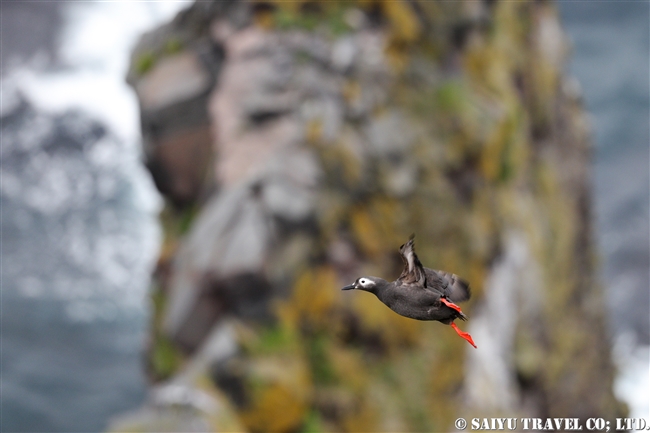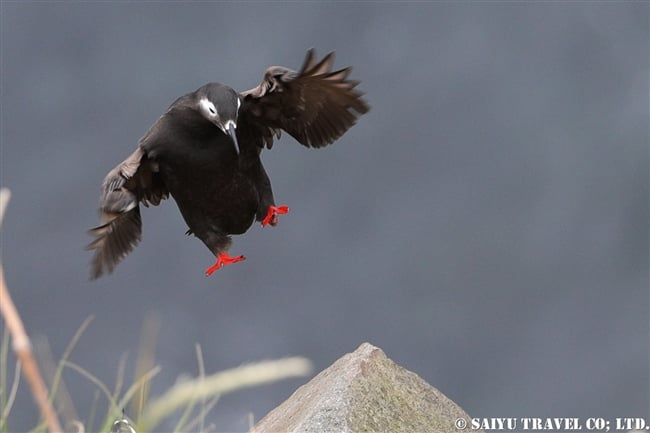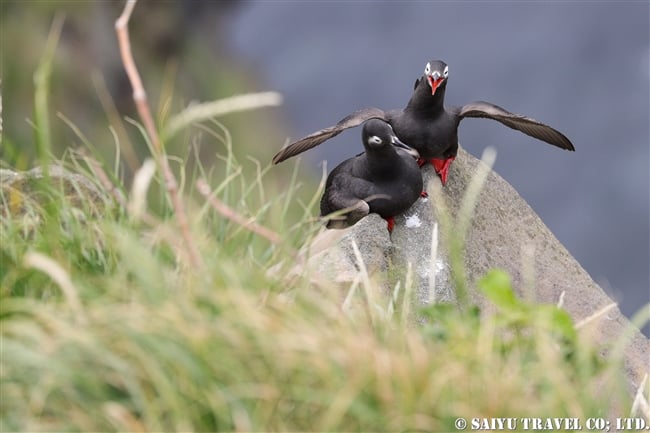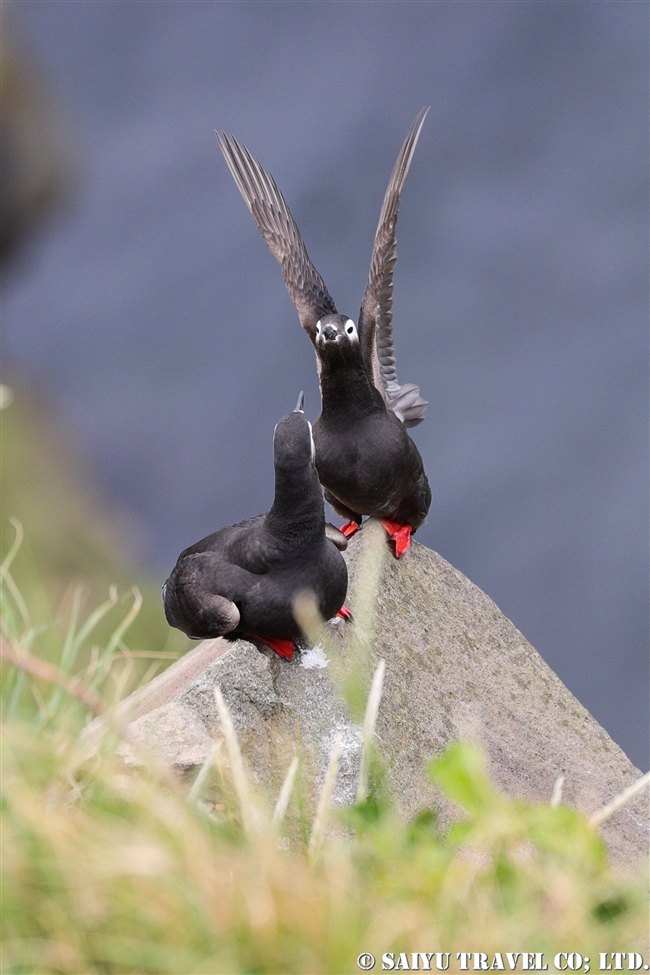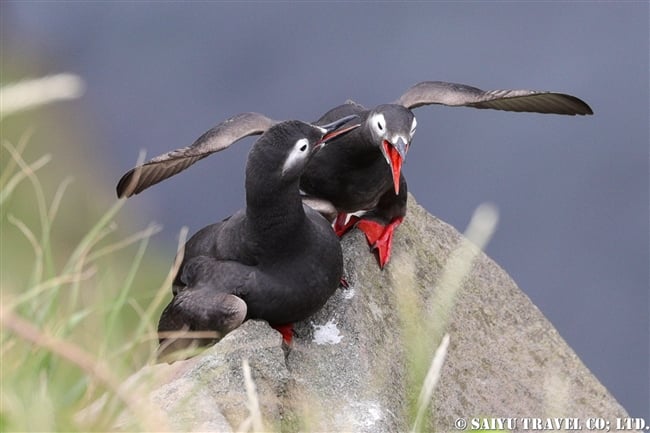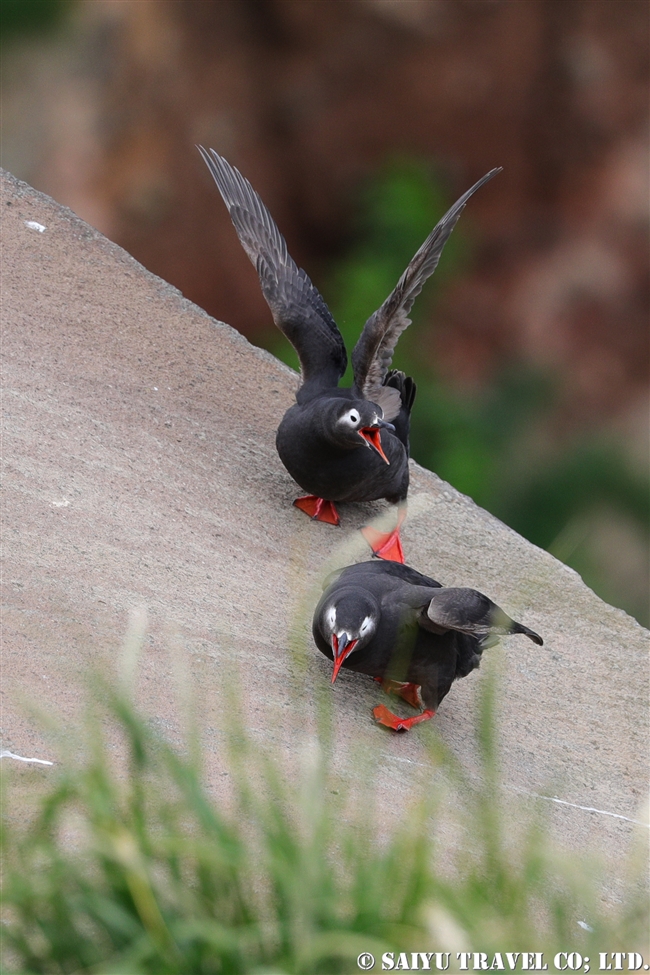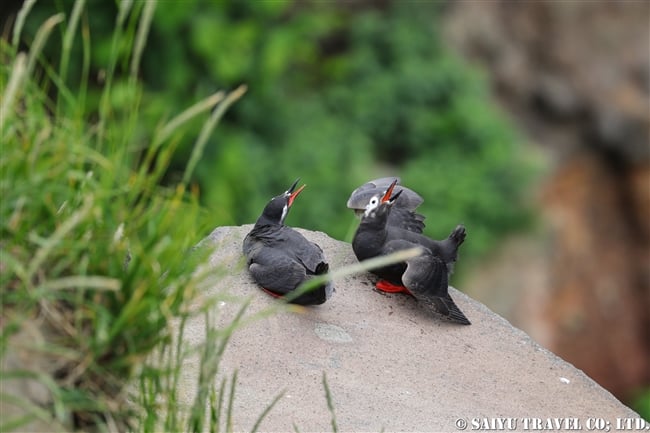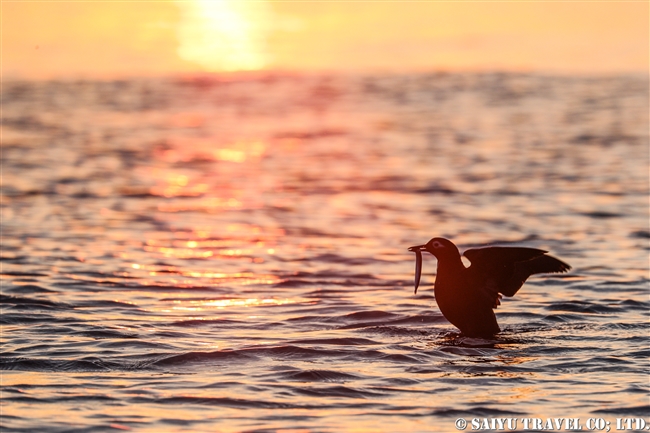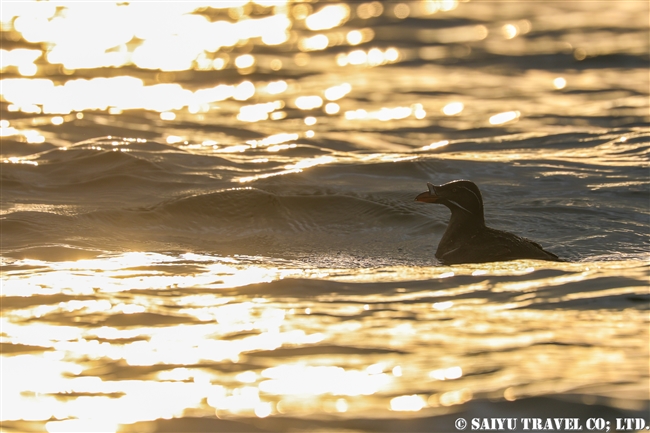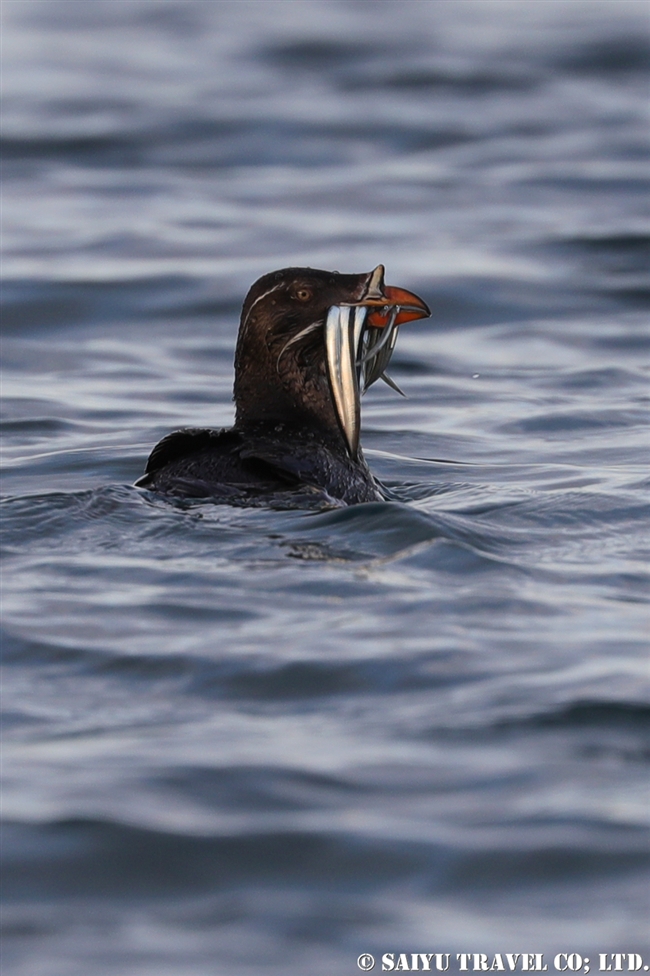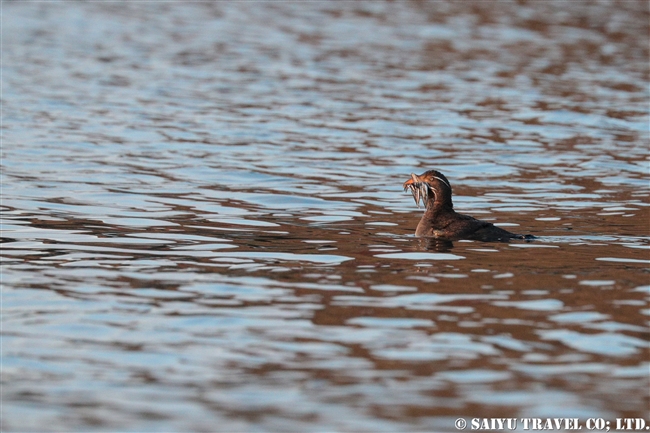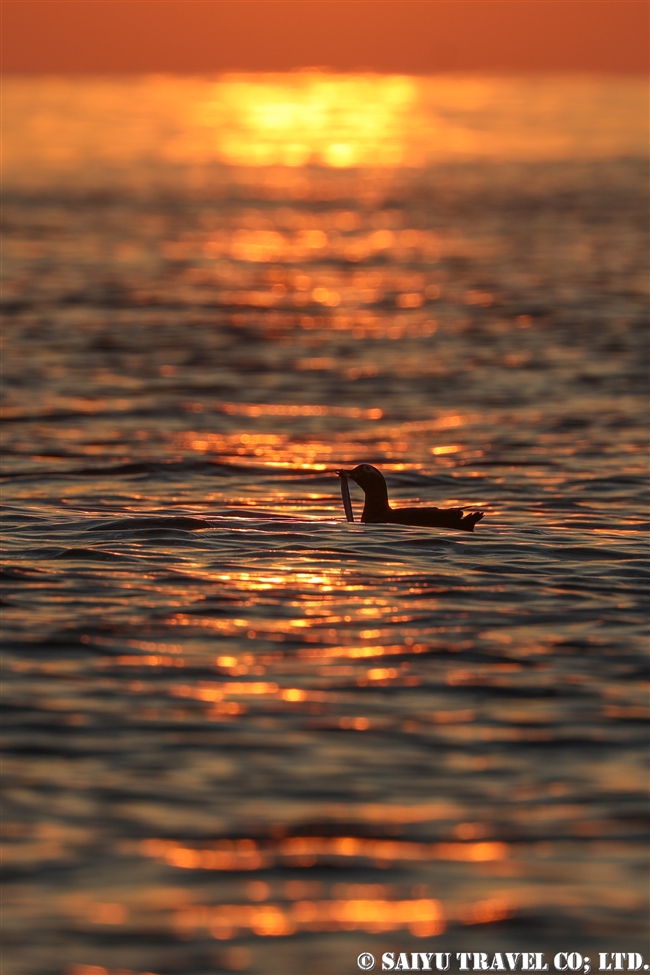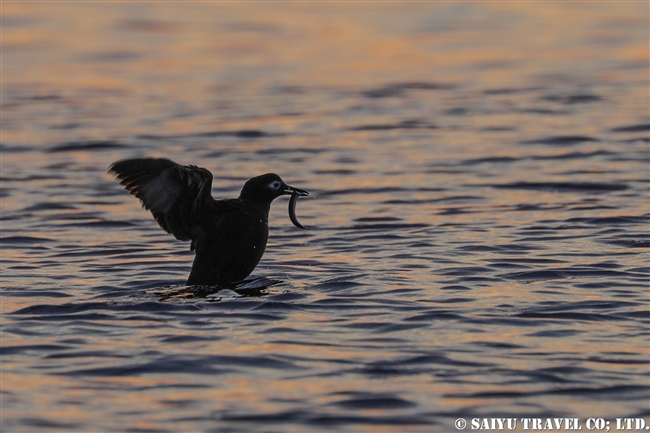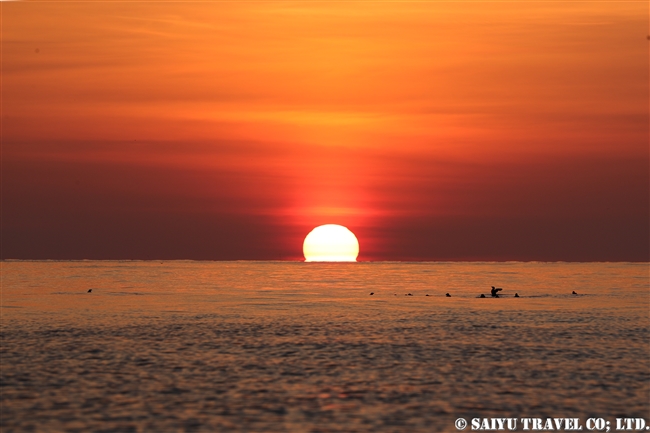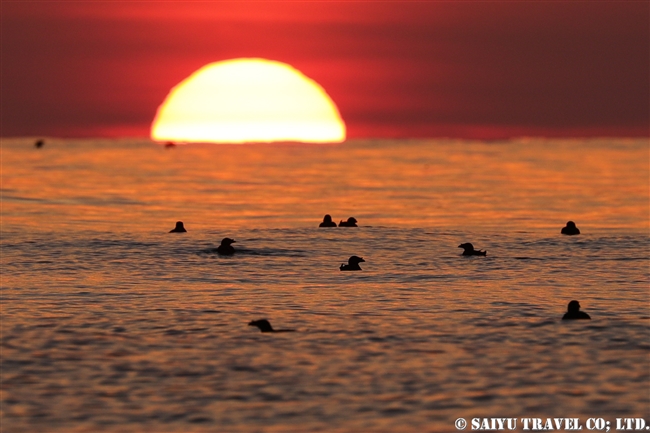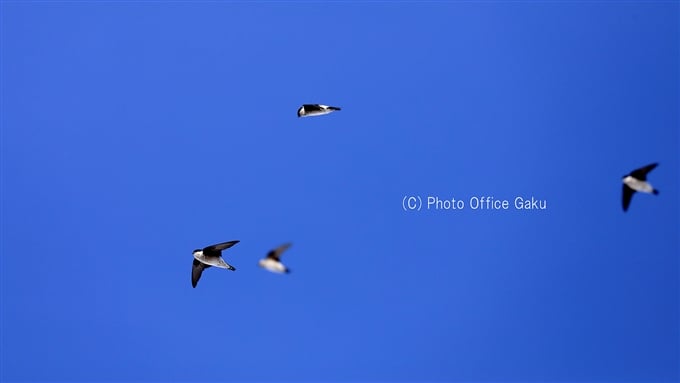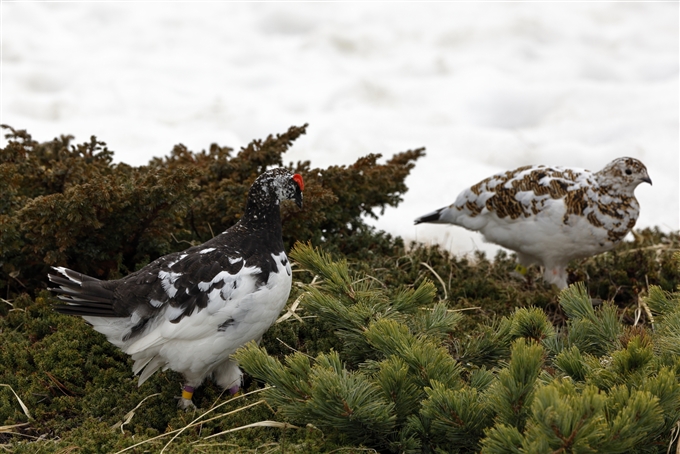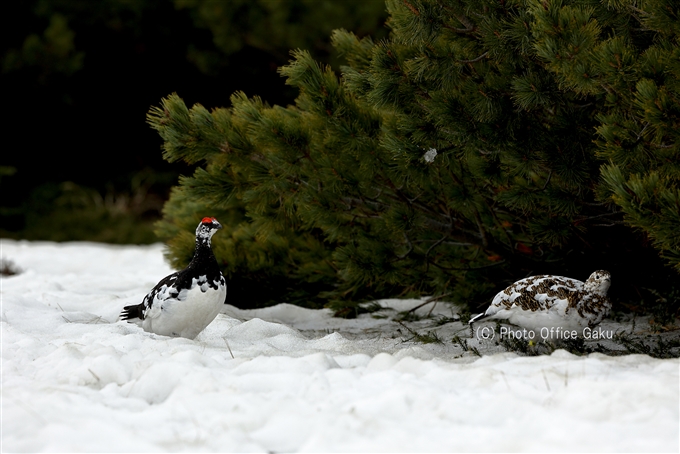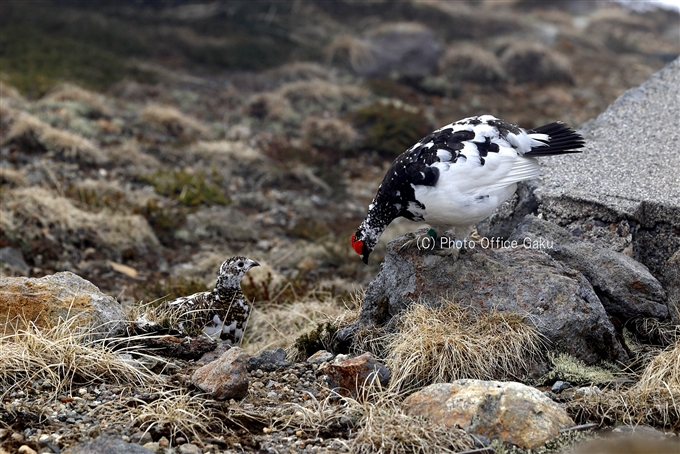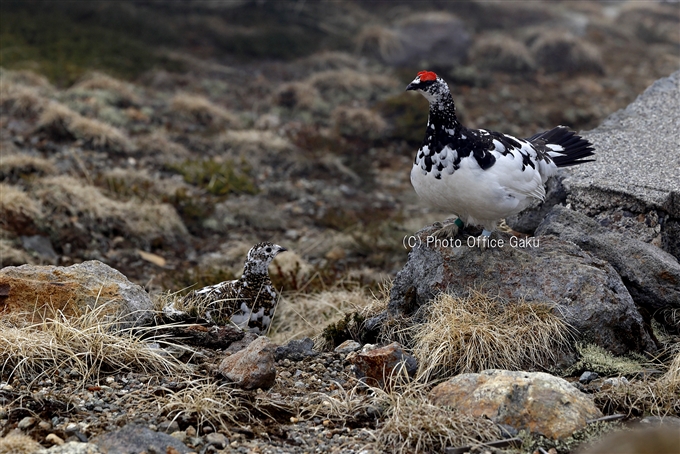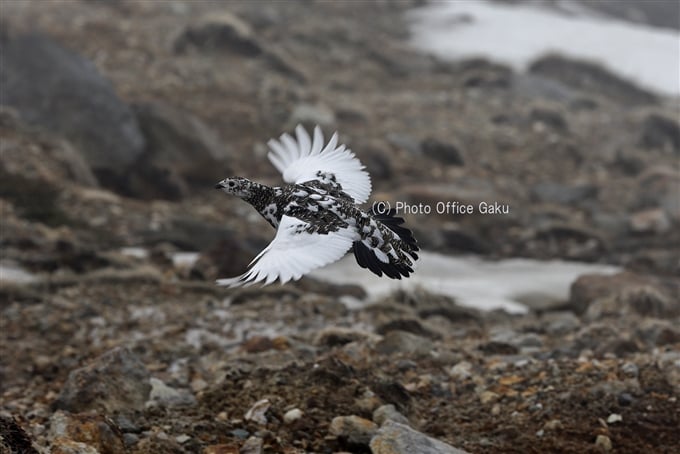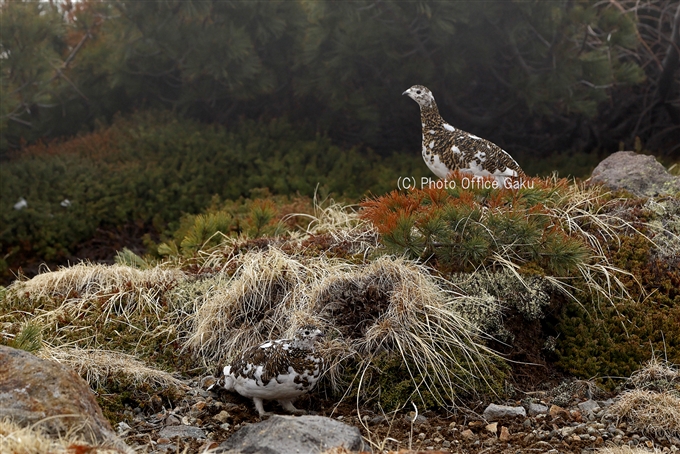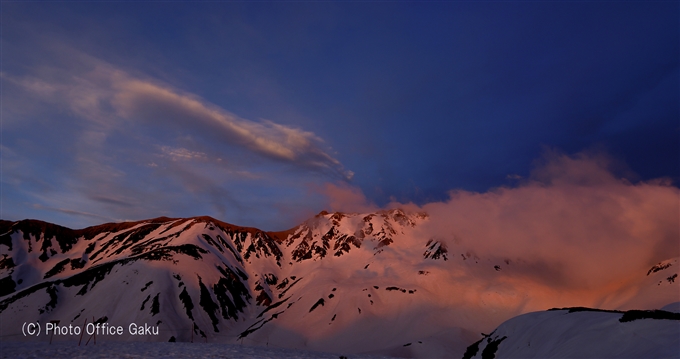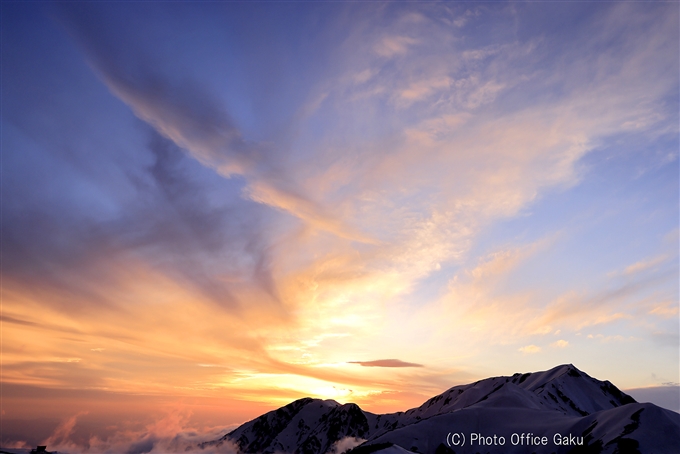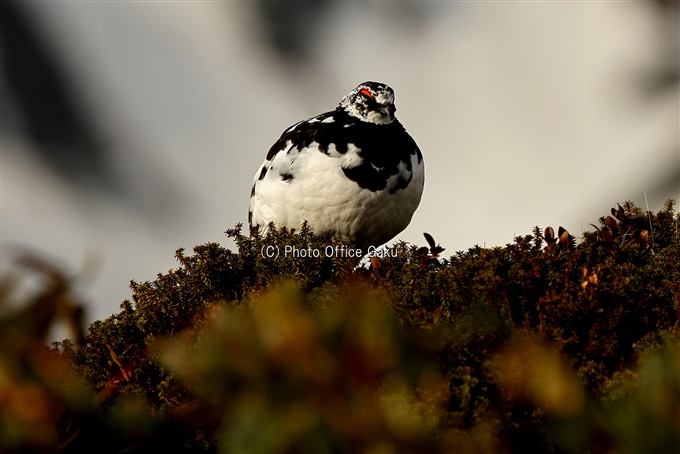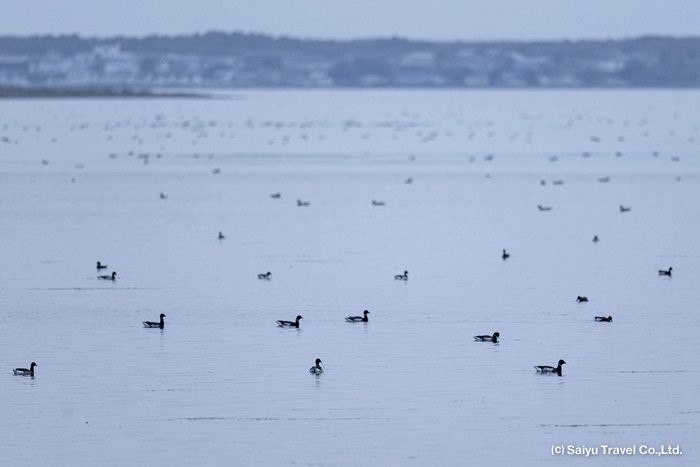
This is a report from Saiyu Travel’s Bird Guide, Kaito IMAHORI for a trip from October 26 to October 30, 2021.
Arrived at the Notsuke Peninsula. The main purpose of this tour is to observe a particular species of goose. The Notsuke Peninsula is a famous migration stopover for the Brant Goose, which is designated as a National Natural Monument, and up to about 5,000 birds can be seen at this location. Looking out at Notsuke Bay, there are many black and slightly larger birds at the surface! Immediately, we accomplished our goal, to see the Brant. There are many spread far apart, but a quick count reveals a flock of over 1000 birds.
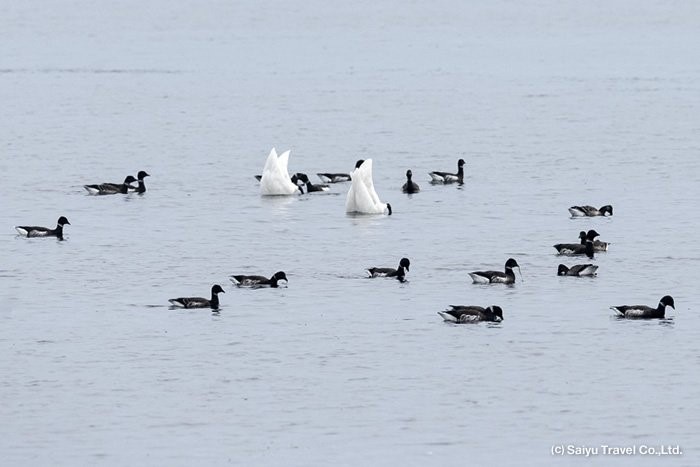
After further observation, a white colored swan is mixed in with the Brandt. When I was trying to confirm the new species we were seeing, there, mixed in with the Whooper Swans, were actually two individuals of the flock that were slightly smaller and had a round yellow pattern on the beak. They are the Tundra swan. So this confirmation made it the third type of waterfowl observed.
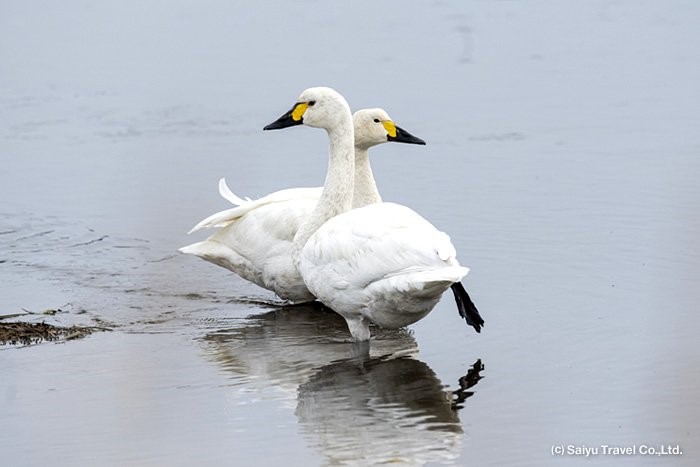
As we went up the shoreline, there were other wintering birds, the Glaucous Gulls up on the shore. Can you see a difference in the two species that are there, the more common species of Hokkaido, the Slaty-backed Gulls (with the darker wings), and their size is different as well.
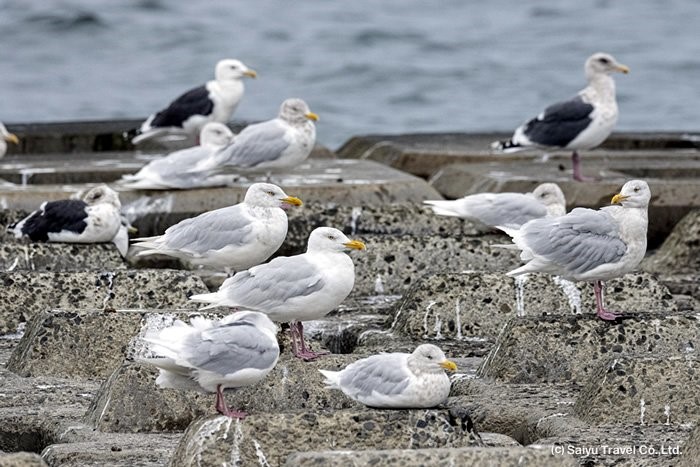
On our return trip we further enjoyed the Notsuke Penninsula, as we saw red foxes, and a male deer chasing after a female deer. We headed to Nemuro feeling fulfilled.
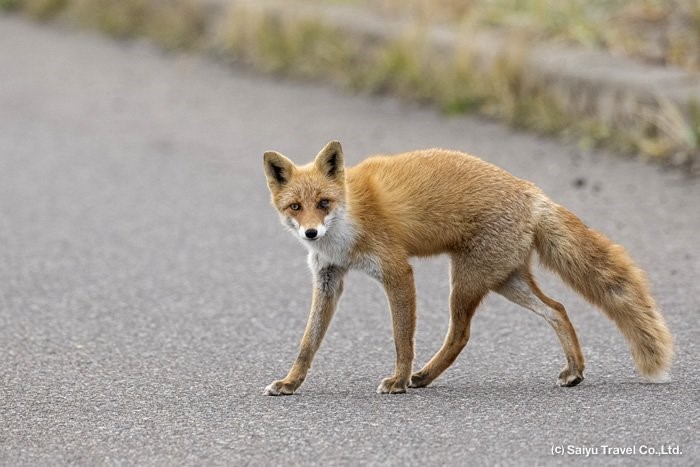
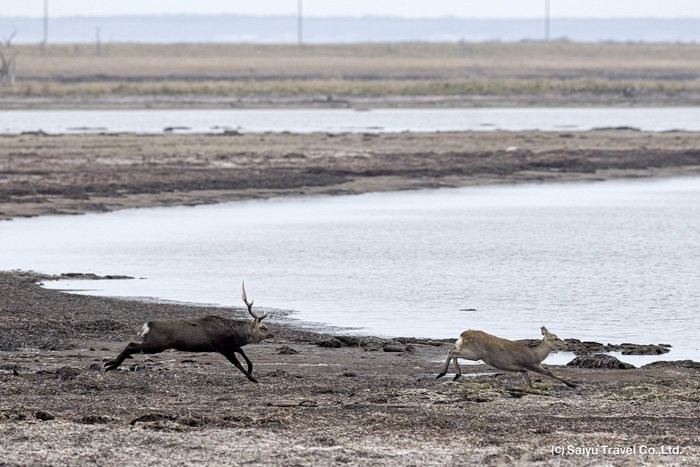
On the second day of the tour, we started from Lake Sunset, our inn on the Shores of Lake Furen.
Very close by is the Shunkunitai Wild Bird Sanctuary, where we could observe from a distance a pair of Red-crowned Cranes and a flock of Northern Pintails. From here, we drove to Tsuri Village. We made a short detour along the way to observe a Ural Owl. Then, during lunch, a Eurasian Sparrowhawk showed up and gave us a nice long arcing swirl overhead.
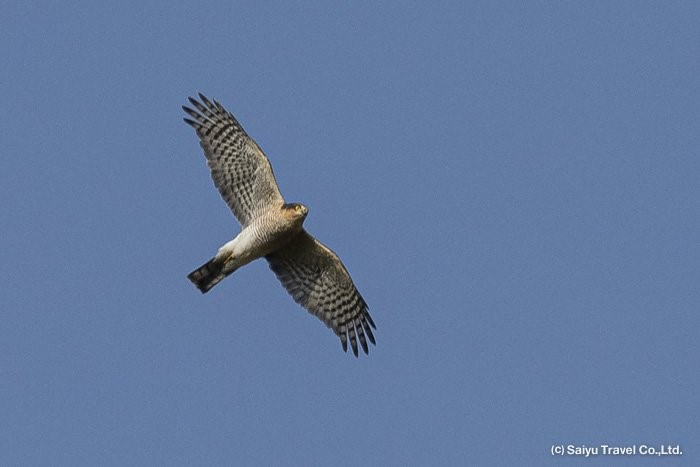
From the afternoon, we moved to observe the Japanese cranes in Tsurui Village. The autumn leaves were finishing their color show, but the yellow leaves of the Japanese larch still remained and were very beautiful.
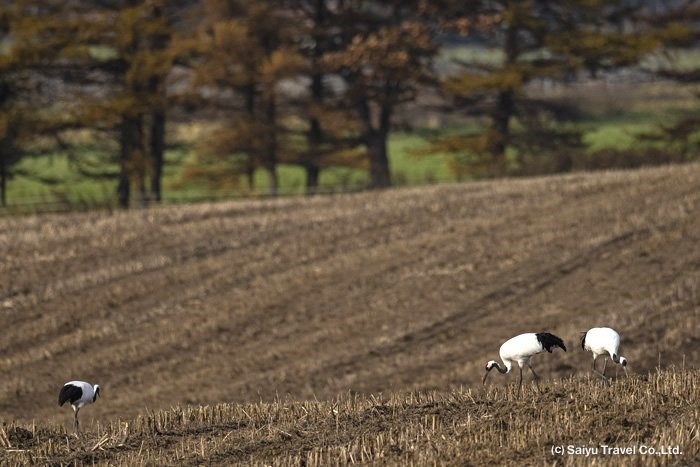
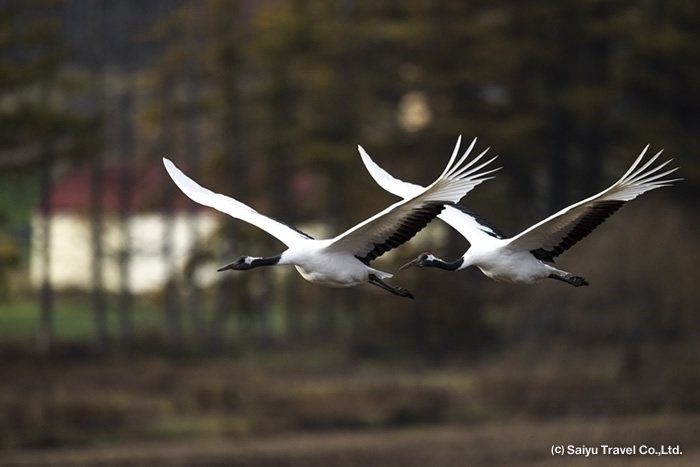
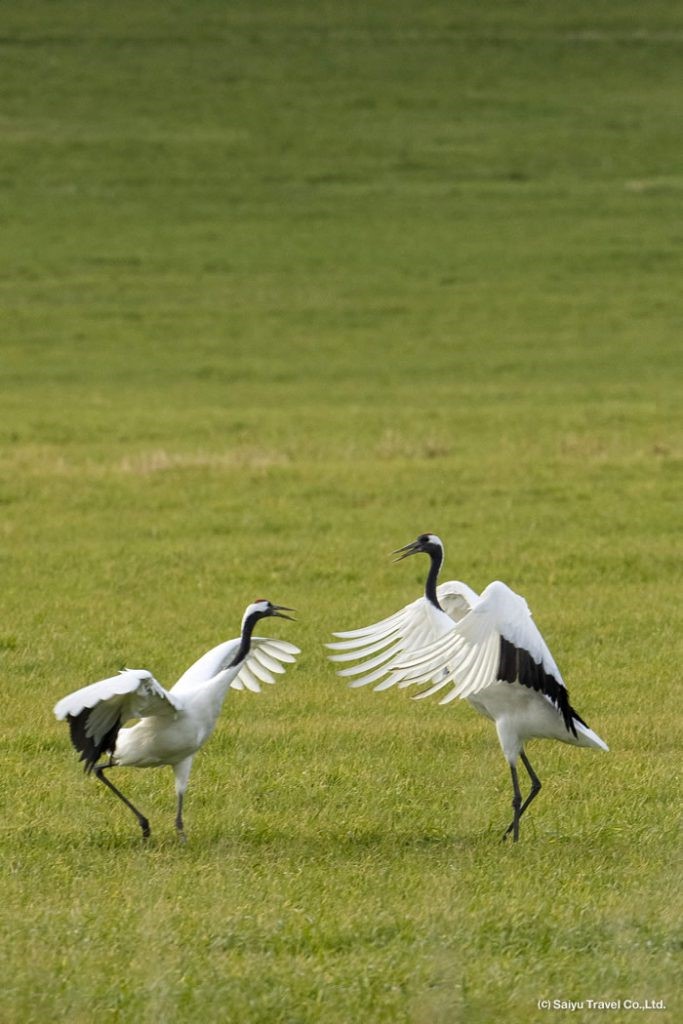
Towards the end, the two cranes did their mating dance, and it was the best closing act!
We watched over our shoulders as the last of the cranes flew off, and we headed to Tokachi.
Photo &Text: Kaito IMAHORI
Tour date: 26-30 Oct 2021, Notsuke Peninsula, Lake Furen, Tsurui village
*Contact us, Saiyu Travel for more information about wildlife and bird watching in Hokkaido. We can make various arrangements for your trip. We have a guesthouse, Shiretoko Serai, in Rausu, Shiretoko Peninsula.
Tags: Kaito IMAHORI, Eurasian Sparrowhawk, Shiretoko Serai, Wildlife of Japan, タンチョウ, Notsuke, Wildlife in Hokkaido, Birds of Hokkaido, Kaito Imahori Photography, Birding tour Japan, 羅臼, Birds of Japan, Bird tour Japan, 野付半島, Wildlife Photography tour in Japan, Bird watching tour Japan, Wildlife tour in Japan, Bird Watching Japan, Hokkaido Sika Deer, Red-crowned Crane, Wildlife of Hokkaio, Ezo Sika Deer, Whooper swan, Notsuke Peninsula, Wildlife in Japan, Brant goose, Birds Photography of Japan, 知床サライ, Tundra swan





.jpg)








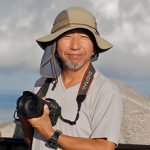 Born in Aichi Prefecture in 1966 and currently resides there. Became interested in photography when he was a junior in high school. He has been taking photographs mainly of natural scenery and wildlife, which he has loved since he was a child. Currently, rather than taking “pretty, cute, and cool” photos, he focuses on taking photos of scenes that have a human touch and environmental scenes that show the relationship with human life. Ultimately, he aims for “photographs that have a smell. His work has been published in photo collections and exhibitions, and used in magazines, illustrated books, and calendars. His photographic collections include “Raicho Korokoro” and others.
Born in Aichi Prefecture in 1966 and currently resides there. Became interested in photography when he was a junior in high school. He has been taking photographs mainly of natural scenery and wildlife, which he has loved since he was a child. Currently, rather than taking “pretty, cute, and cool” photos, he focuses on taking photos of scenes that have a human touch and environmental scenes that show the relationship with human life. Ultimately, he aims for “photographs that have a smell. His work has been published in photo collections and exhibitions, and used in magazines, illustrated books, and calendars. His photographic collections include “Raicho Korokoro” and others.